Search
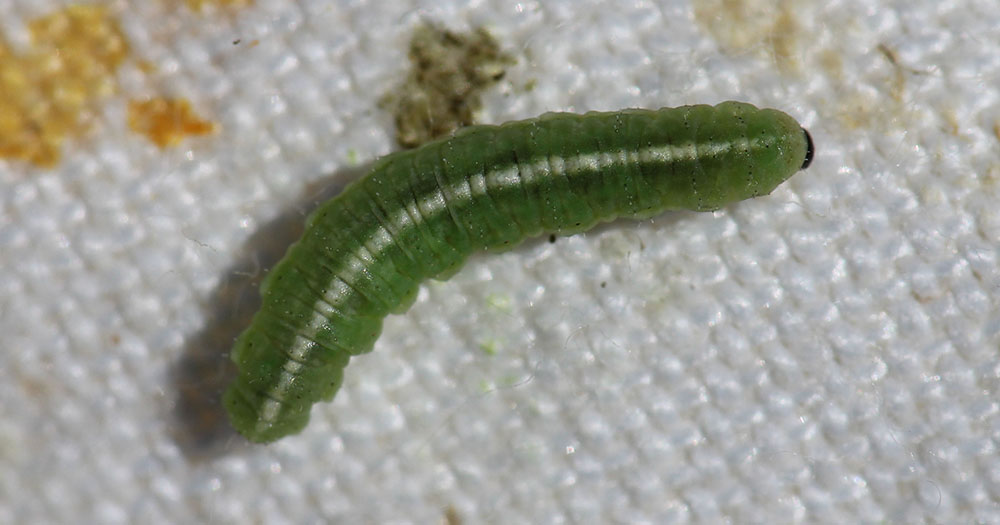
Alfalfa Weevil Activity Prediction Update: April 28, 2022
Although spring temperatures have fluctuated, we have been accumulating degree days, which means some of insect pests will emerge soon. With warmer temperatures in the upcoming forecast, the need to scout for alfalfa weevil activity will increase.
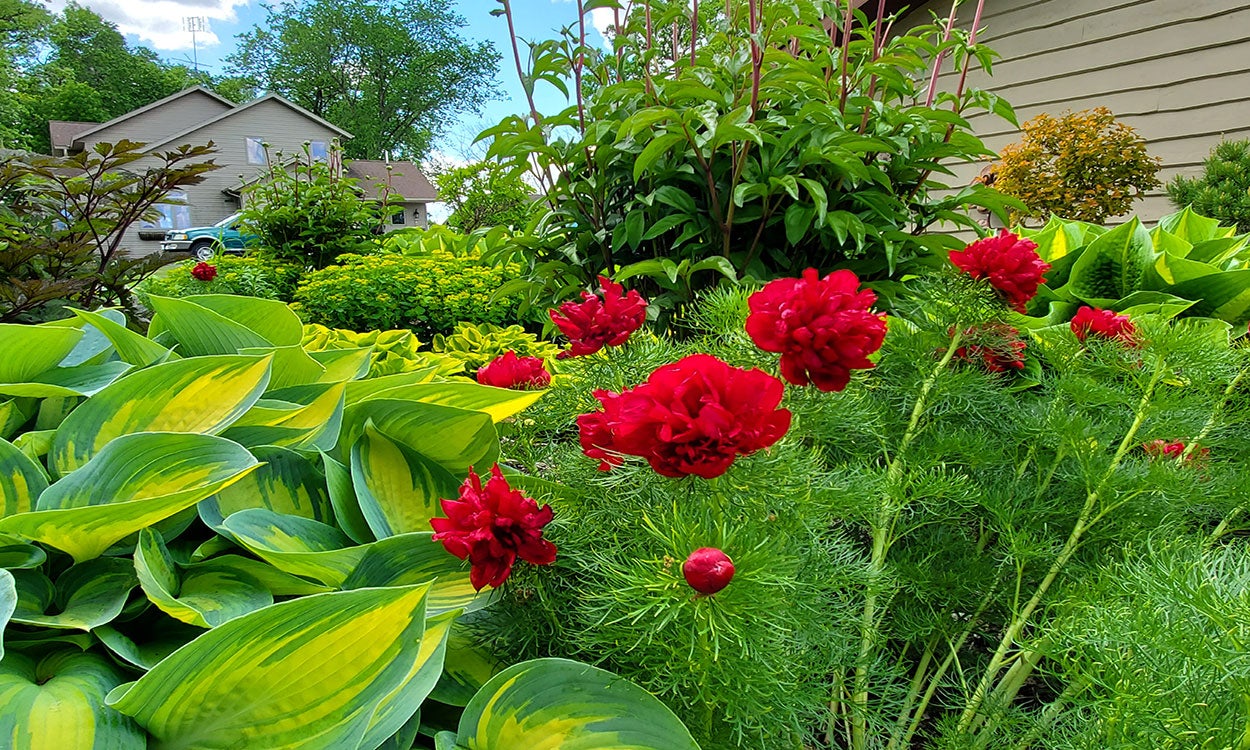
Dividing Perennials in the Spring
Many beautiful perennials are hardy to South Dakota. Dividing perennials is an easy, inexpensive and reliable way to propagate your favorite perennials and keep them growing for years.
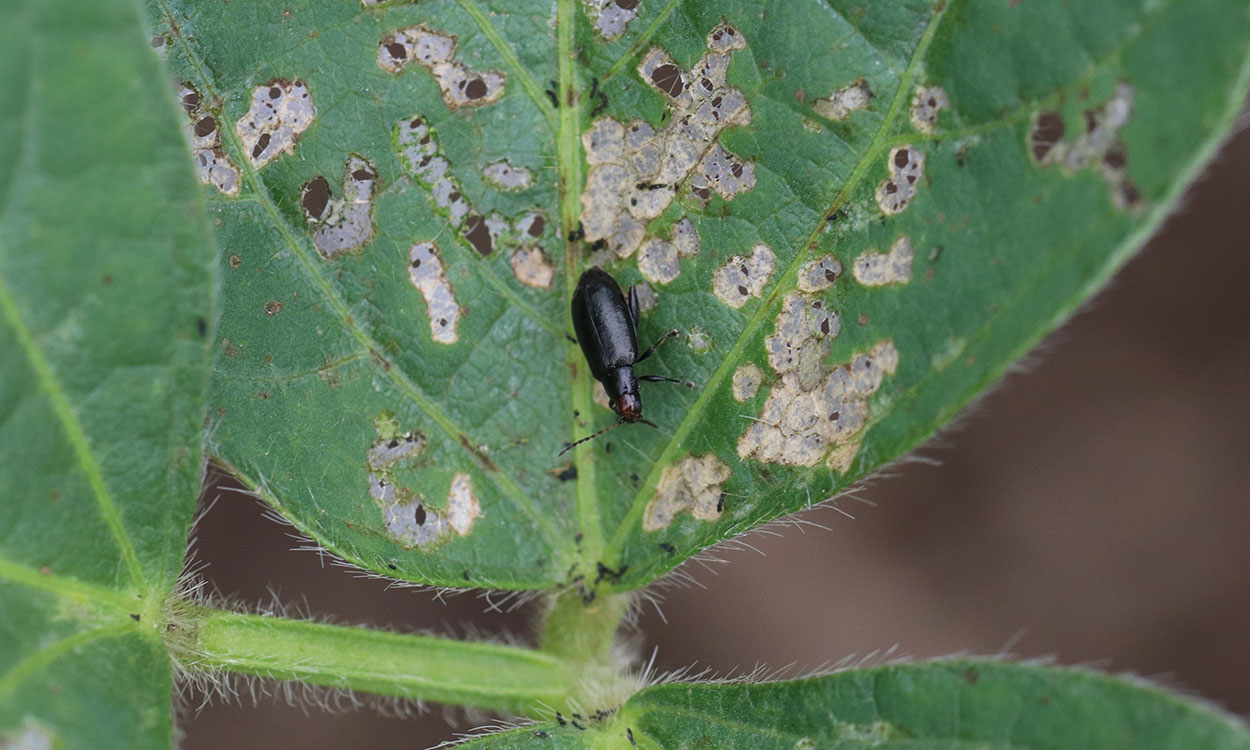
Redheaded Flea Beetles in Soybean
While scouting soybean this week, we noticed an uptick in redheaded flea beetle activity. In the fields that we scouted, defoliation levels were still very low at less than 5%.
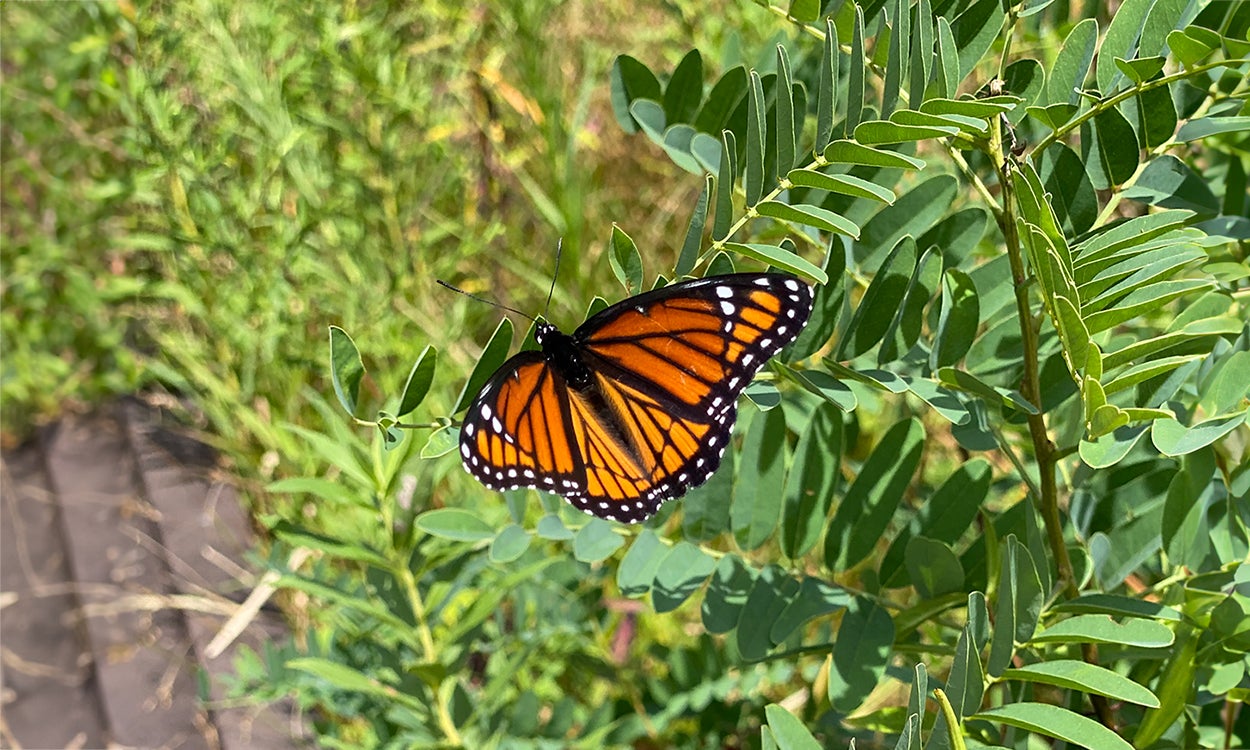
Generalist Host Plants in South Dakota
Many butterflies and moths are generalists, meaning that their larva can use a variety of host plants as food. Learn about some of the best host plants you can grow in your yard to support butterflies, moths, and everything that relies on them!
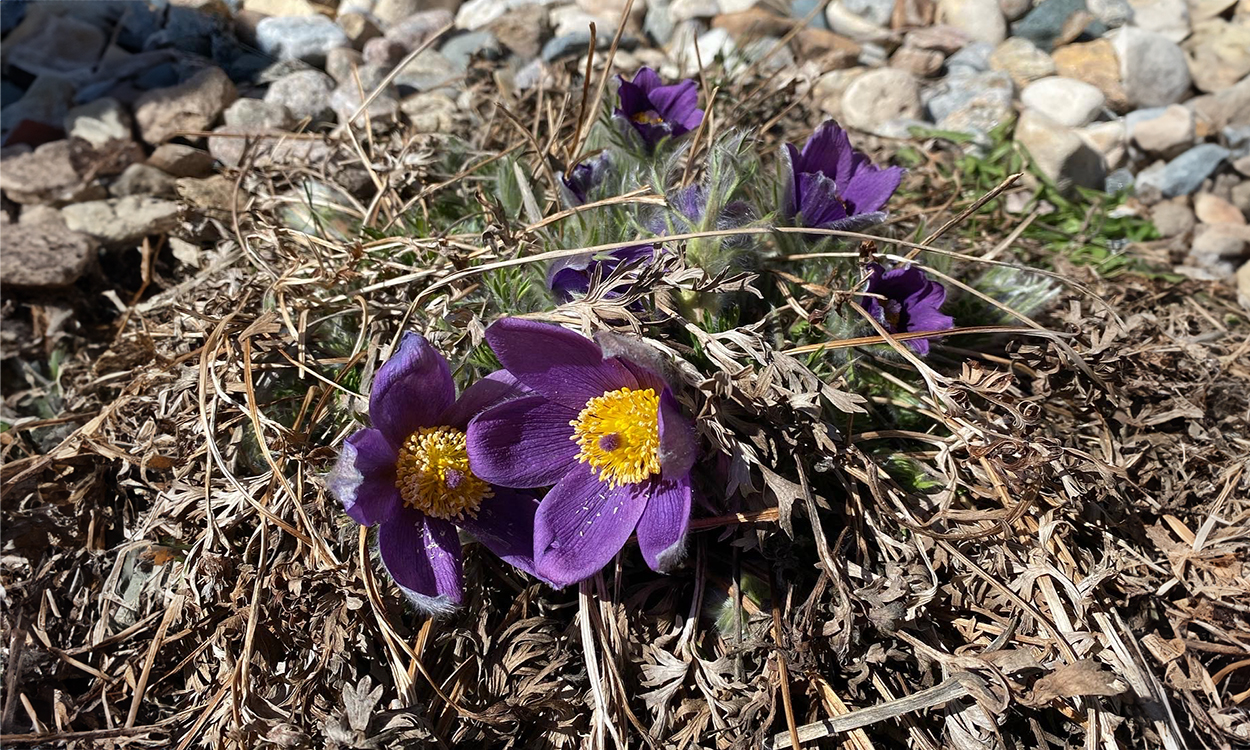
Landscaping Best Practices for Pollinators and Beyond
Our yards are all part of a greater ecosystem. By incorporating some best practices into your landscaping routine, your yard can develop healthier soil, support more pollinators, and reduce the need for pest control.
Aphanomyces Root Rot of Alfalfa
Fact sheet on Aphanomyces Root Rot of Alfalfa
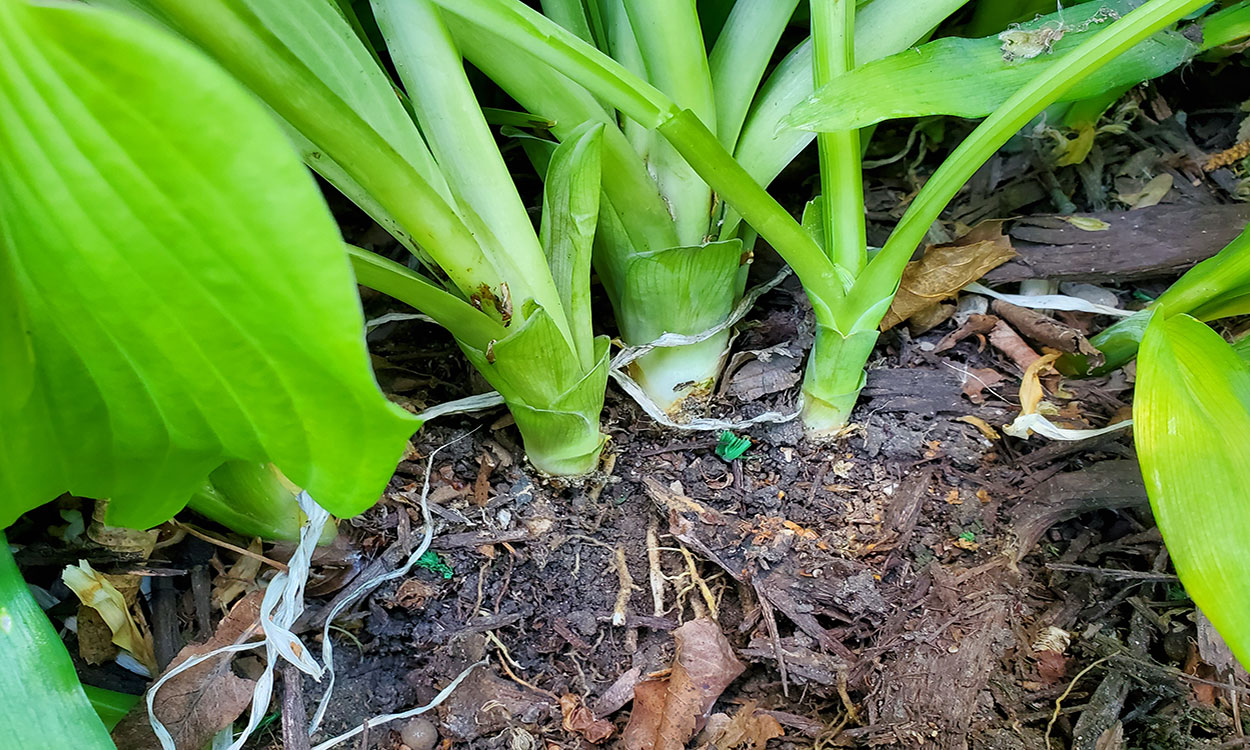
Dividing Perennials in the Fall
Dividing overcrowded perennial plants in your landscape can help ensure a long and healthy plant life. Learn which plants benefit from fall division and view a step-by-step guide for getting started!

Fit on the Farm
Although regular job duties on the farm may include intense physical tasks, aerobic physical activity is still needed in addition to the short burst, physical tasks.
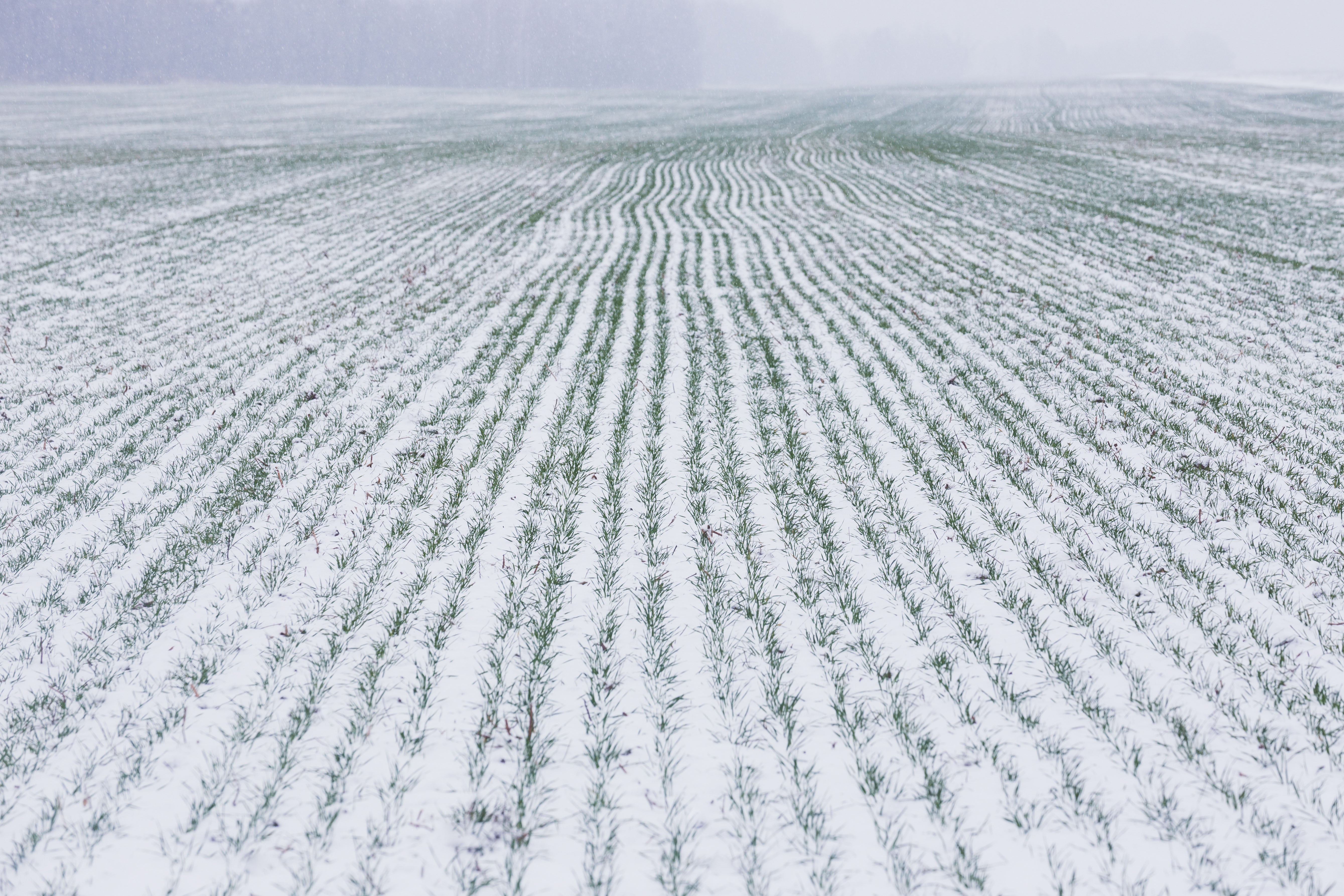
Effects of Snow on Wheat
Even though snow that comes with the onset of cool temperatures can be a nuisance for our daily activities, it can benefit a winter wheat crop a great deal.
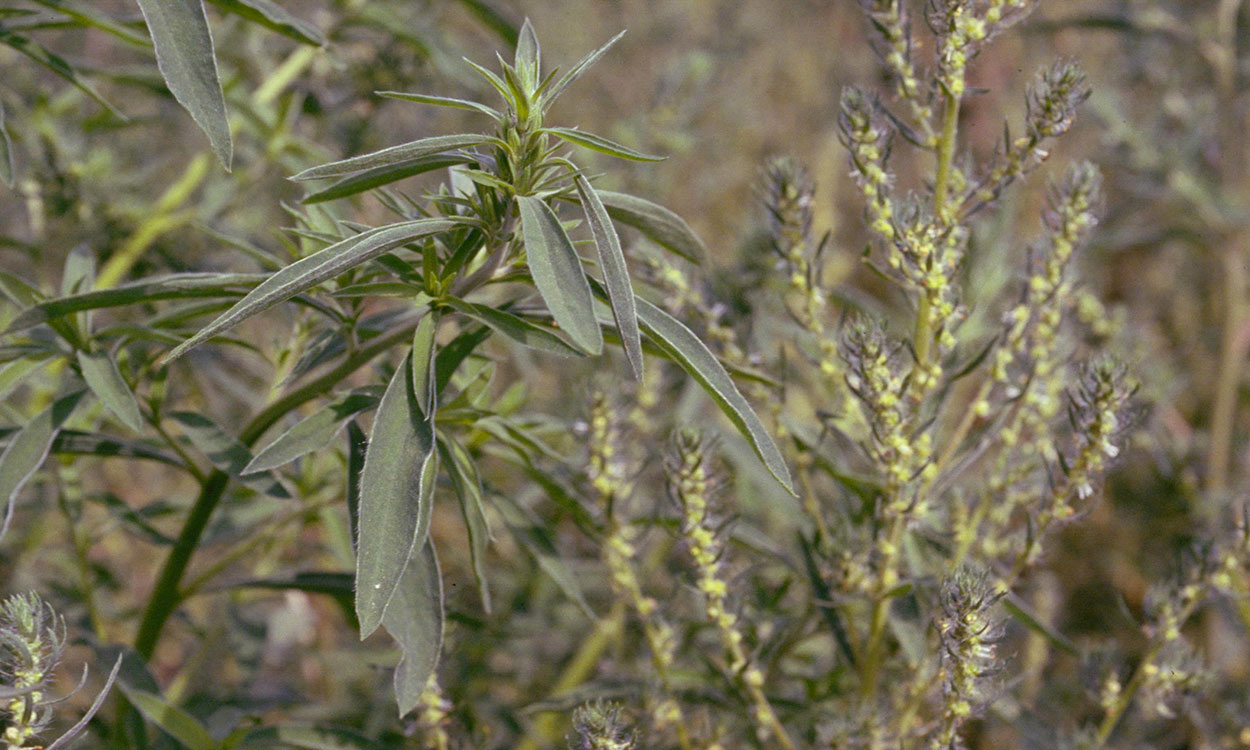
Kochia Preplant Burndown Management for 2024
Kochia is a weed that impacts many South Dakota crops, and it can reduce yields significantly if not properly managed. Learn some expert tips using chemical, cultural, and mechanical tactics to control it.